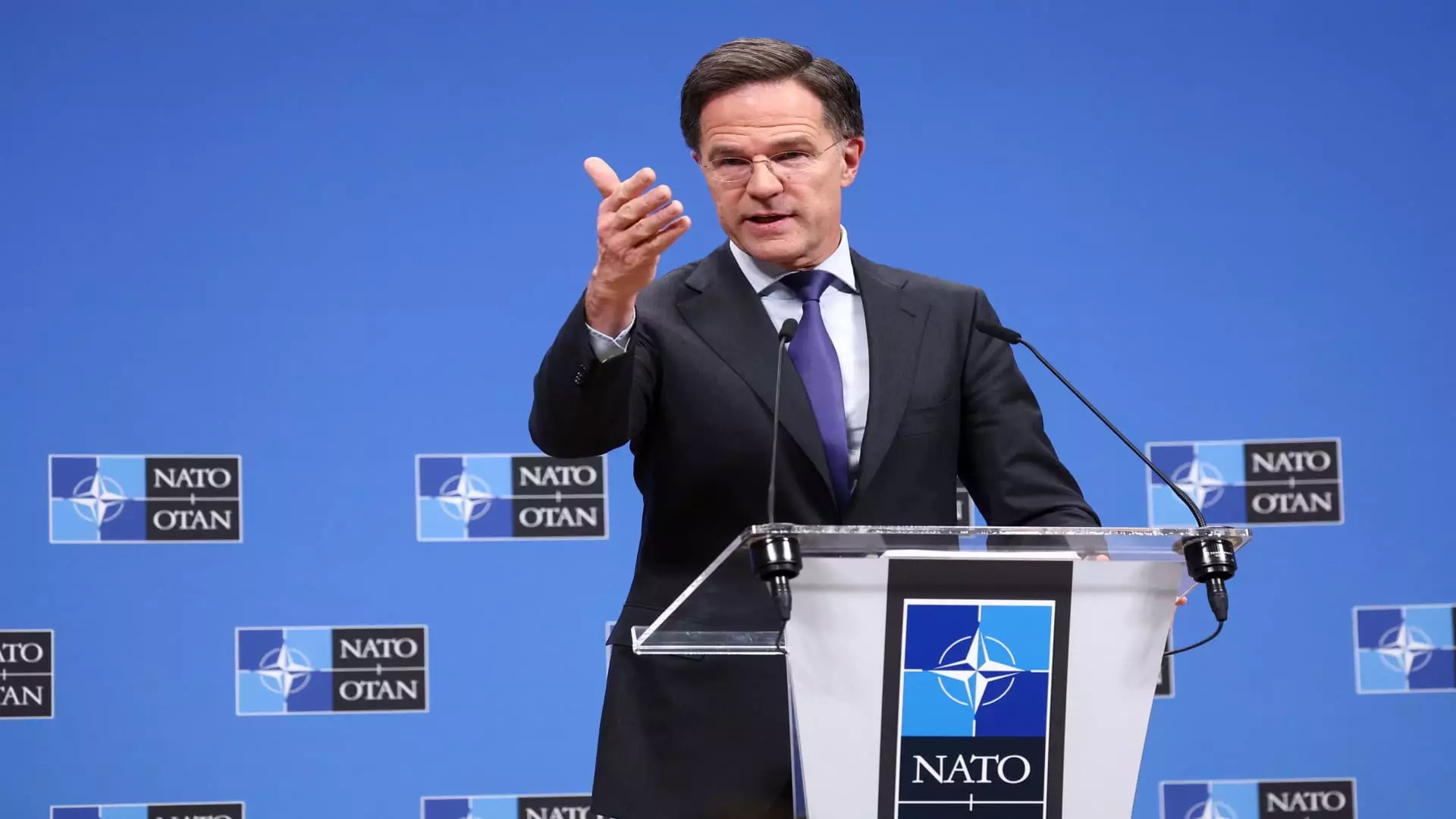In recent discussions surrounding NATO’s strategic and financial commitments, a notable shift in dialogue is emerging among European leaders and American political figures. The growing tensions resulting from a more assertive U.S. stance underlining the need for increased military expenditure have ignited a passionate debate on NATO’s future direction. This article explores the implications of these developments, emphasizing the urgent need for European member states to coalesce around proactive solutions rather than engaging in mere lamentations.
During the Munich Security Conference, NATO Secretary General Mark Rutte delivered a poignant message to European members: instead of voicing dissatisfaction, they need to contribute constructive proposals to the ongoing discussions about defense spending. Rutte’s assertion underscores a broader recognition within NATO that reliance on the United States has fostered complacency among European allies. By urging members to shift their approach from complaints to actionable solutions, Rutte is calling for a paradigm transformation in how Europe perceives its role within the alliance.
This push for solutions resonates deeply in an era where defense spending is not merely a bureaucratic requirement, but a critical determinant of national security. Rutte’s indication of a potential increase beyond the previously established target of 2% of GDP for defense spending signals not only a need for enhanced military capabilities but highlights the seriousness of the geopolitical landscape, particularly concerning Russia.
The statement by U.S. Senator Lindsey Graham further complicates NATO’s narrative, framing the Russian aggression against Ukraine as an inadvertent boon for NATO’s militarization. Graham’s assertion that Russian President Vladimir Putin has essentially galvanized NATO members into reevaluating and boosting their military budgets evokes a sense of urgency. It highlights a critical aspect of international relations—adversaries often stimulate collaboration and enhancement in a bloc.
While this sentiment may serve as a rallying cry for NATO members, it also points to a disheartening reality: the necessity of a crisis to force nations into coordinated action. The escalation in defense spending in the wake of Russia’s maneuvers indicates that this is not merely a defensive strategy but a significant reshaping of alliances, acting as a deterrent against further aggressions.
The specter of Donald Trump looms large over NATO discussions, reminiscent of his presidency when he voiced stark dissatisfaction with allies’ contributions. As he hinted at compelling NATO members to reach a 5% of GDP expenditure target, the landscape becomes muddled with contrasting visions regarding appropriate levels of defense funding. While this suggests a growing rift between U.S. expectations and European financial realities, it serves as a reminder that NATO members must grapple with a common objective: shared security.
Trump’s rhetoric may have motivated some members to step up their defense funding, yet it also reveals inherent vulnerabilities within NATO. Countries may find themselves in a precarious position as they navigate varying expectations from larger powers, balancing national interests with collective security goals.
As NATO approaches its upcoming summit in The Hague, discussions on a new defense spending target must go beyond mere numbers. It is essential that members foster a culture of shared responsibility and transparency regarding defense commitments, allowing for a more cohesive approach. The focus should not only revolve around fiscal contributions but also include strategic contributions—joint operational capabilities, intelligence sharing, and real-time collaboration.
The essence of NATO’s strength lies in its unity. As European nations redefine their roles within the alliance, understanding that a collective approach entails both financial and tactical involvement is paramount. The call for solutions urged by Rutte may be the catalyst needed for a more engaged and robust European defense policy.
The challenges facing NATO are multi-faceted and demand thoughtful assessments from all member states. The current circumstances present an opportunity for introspection, ensuring that the alliance remains not just reactive but proactive, shaping a future where security is truly collective and mutually reinforcing.


Leave a Reply